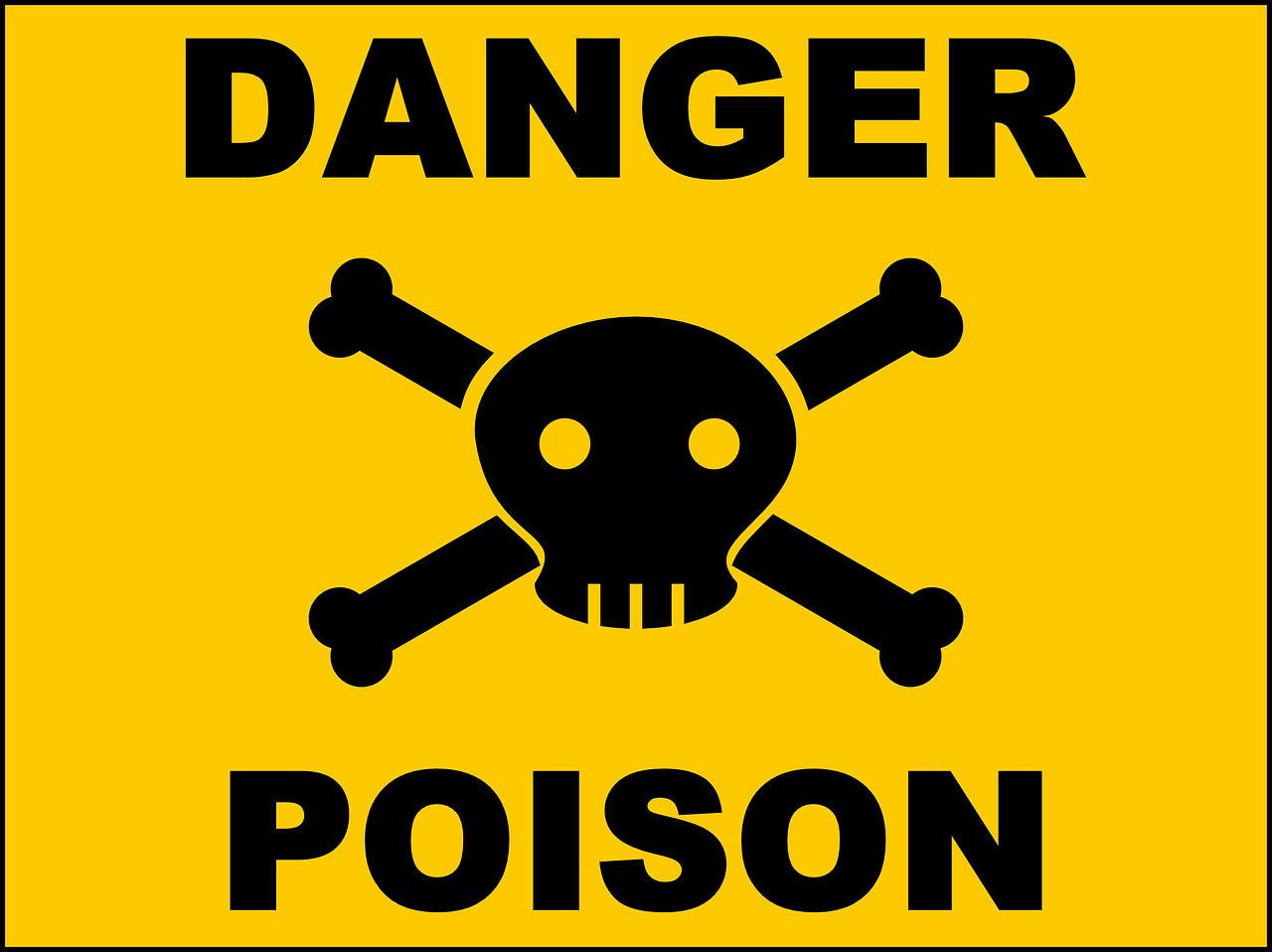Emergency Chemical Treatment

Did you know that even small amounts of chemicals can contaminate the soil and water, making it hazardous to the people living around it? Most likely if you did find any traces of the spill, it would have been a short lived spill at best. It would probably have been quickly cleaned up but there are some other things we need to be aware of. Did you know that the effected areas of the soil can be made safe for human habitation by use of emergency chemical spill response materials? Emergency responders are able to deal with even the worst spills so why not us? The right chemical spill kits can make your job much easier and safer, not only for you but for the soil, the water and the people around you.
A chemical spill response kit is a valuable tool for the safe management of spill situations. In many instances, if the spill is contained within the area of the spill and has not yet reached the local aquatic life or land habitats, using an emergency chemical treatment facility is necessary to neutralize the effects of the spill on the affected materials and the organisms that live in or on the soil. This kit is highly specialized and should contain everything you need to neutralize the spill, which includes: Biological Response Modifiers (BRMs), Chlorine Dioxide, Oil Vets, Plastic Scrubbers and Granular Organic Contamination Eliminators (GOCE). BRMs and GOCEs can be combined to offer the greatest protection.
Even if the spill is contained within the reach of the emergency chemical treatment facility, specialized spill response substances should still be included in the emergency kit. Oil is one of the most corrosive and hazardous elements that could be involved in a spill. Any contact with oil should be cleaned up thoroughly with a special cleaner that is specifically designed for use with oil. Similarly, if you encounter other hazardous materials such as paint, gasoline, antifreeze or other organic or inorganic chemicals, you should also have the necessary spill response products to neutralize these chemicals. To learn how manage a chemical spill, click for more insights here.
The primary goal of the spill response plan is to contain the spill and protect the environment. There are many different steps that should be taken once the spill has been contained. Clean-up must occur as quickly as possible. You may want to wait for the cleanup to be completed before you initiate emergency chemical treatment. In the interim, you should:
If the spill occurs in a body of water or on land, the immediate step is to contain the water and dispose of the waste correctly. Contact your local emergency spill response team and ask for instructions on how to do this. The extent of the spill depends on the volume and the duration of exposure to the substance. Containment can be limited to isolated ponds or storage tanks where the chemical can be safely stored while the cleanup occurs, until it is safe to reintroduce the substance into the environment. To learn more about spill remediation solutions, this site has a detailed so it is wise to check it out.
The secondary emergency chemical treatment involves neutralization of the spilled substance in order to remove it from the water or the soil. This neutralization requires some degree of fire treatment, so it is important to call your fire specialist if this is necessary. In many cases, treatment centers will treat the spill for you, but it is important to call a company that specializes in emergency chemical treatment so that they can neutralize the spill. In some cases, no one will be available to neutralize the spill, so it is up to the expertise of the emergency chemical treatment staff to neutralize the spill and contain the spill, no matter how large or small.
To familiarize yourself more with this topic, it is best that you check out this post: https://en.wikipedia.org/wiki/Chemical_safety.
